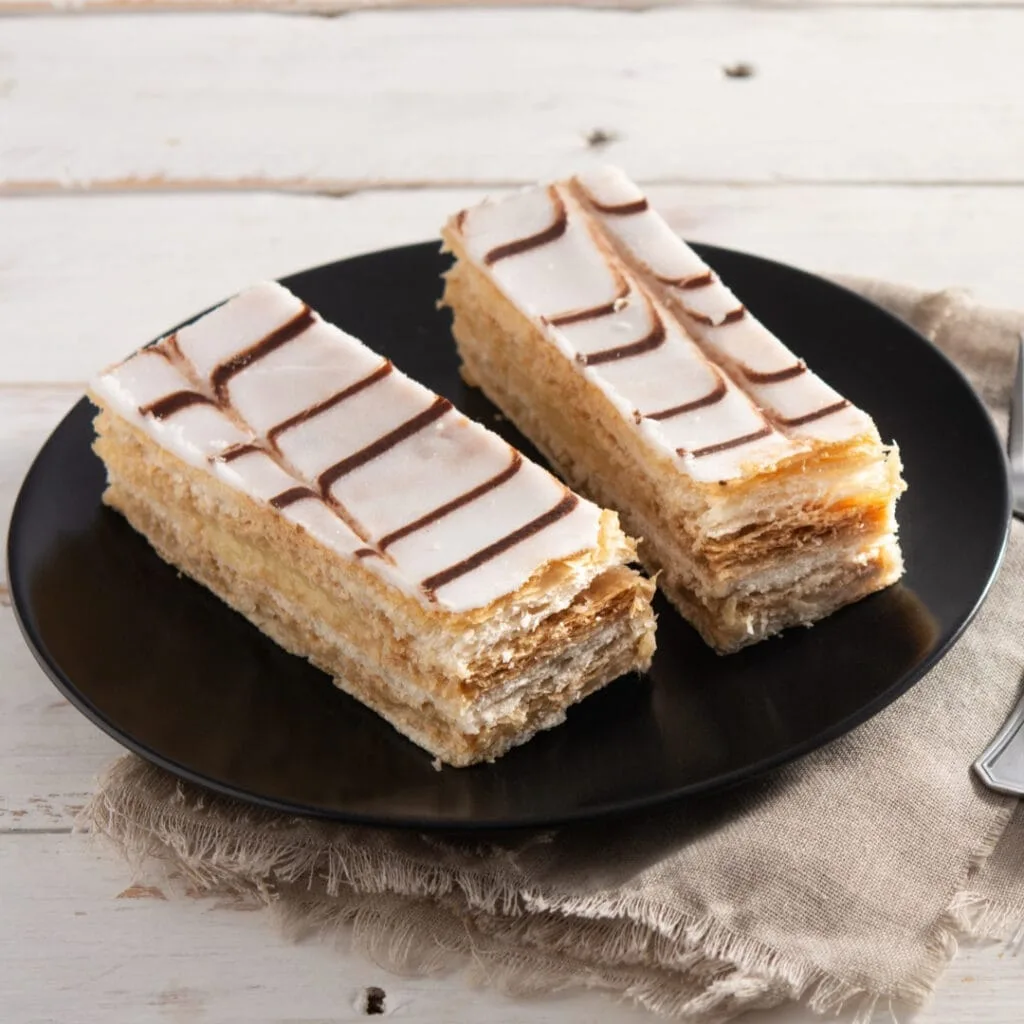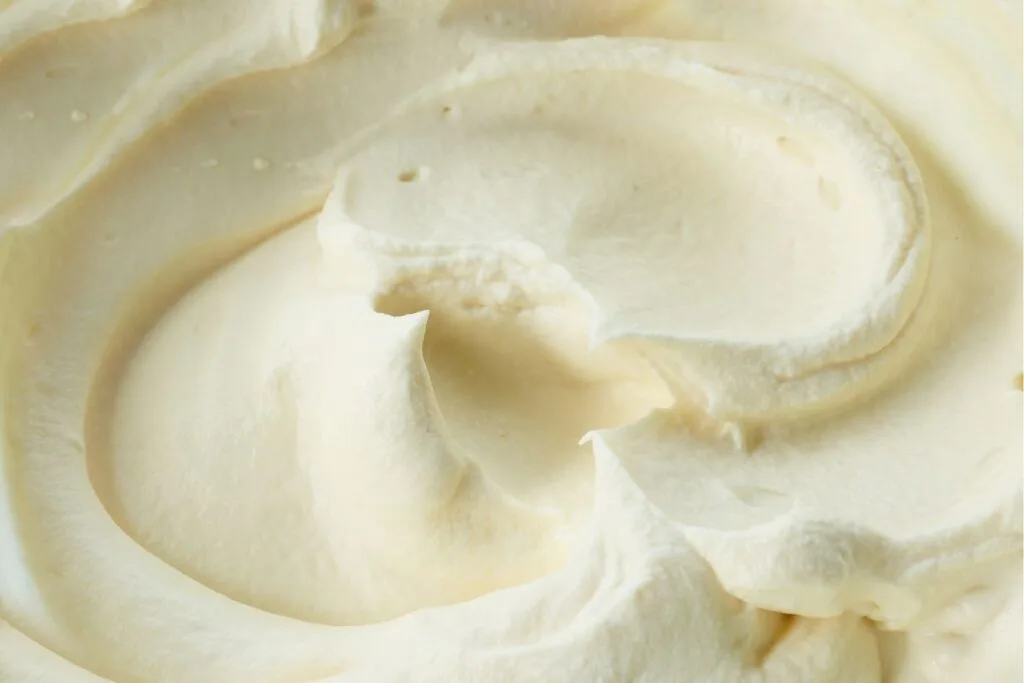The Role of Oil in Pastry and Bakery Filling Creams: Quality, Performance, and Sourcing for Food Businesses
Filling creams are essential components in a vast array of pastry and bakery products, from cakes and tarts to donuts and croissants. Their texture, stability, and flavor are critical to the final product’s appeal and shelf life. While seemingly simple, the type and amount of oil or fat used in these creams play a fundamental role in determining their quality and performance. For food wholesalers, distributors, and businesses, understanding this science is vital for sourcing the right ingredients and ensuring customer satisfaction.
What Are Filling Creams, and Why is Fat Key?
Filling creams are typically smooth, often sweet, mixtures used to fill or layer baked goods. Unlike whipping cream where fat helps trap air for volume, the fat in filling creams primarily contributes to:
- Texture and Mouthfeel: Fat provides creaminess, smoothness, and richness, giving the filling a desirable feel in the mouth.
- Stability: Fat helps the filling maintain its shape, prevents weeping (separation of liquid), and provides heat resistance, crucial for ambient display or even baked goods.
- Flavor and Palatability: Fats carry and release flavors effectively, enhancing the overall taste experience. The fat type itself can also influence flavor.
- Structure: Solid fat content helps provide structure and body to the filling, preventing it from collapsing or running.
Sources and Types of Fat Commonly Used
The fats in filling creams can be broadly categorized:
Vegetable Fats
These are the most common fats used in commercial filling creams due to their versatility, cost-effectiveness, and ability to be modified for specific performance characteristics. Common sources include:
- Palm Oil and Palm Kernel Oil: Originating primarily from Southeast Asia and other tropical regions. These fats offer good stability and a solid structure at room temperature.
- Coconut Oil: Also from tropical regions. Provides structure and a characteristic melting profile.
- Sunflower Oil, Rapeseed (Canola) Oil, Soybean Oil: More widely distributed origins. These liquid oils are often processed (hydrogenated or fractionated) to become more solid and stable for use in fillings.
Modern processing techniques focus on creating fats with desired melting points and solid fat content curves without generating significant levels of trans fats, which have health implications and are restricted in many markets. Choosing non-hydrogenated or low-trans fat options is a key consideration today.
Dairy Fat (Butter)
While butter offers excellent flavor and mouthfeel, its lower melting point and higher cost make it less common as the primary fat in large-scale, ambient-stable filling creams compared to modified vegetable fats. Its origin is global, tied to dairy farming regions.
How Fat Type and Percentage Impact Quality and Performance
The specific type of fat, its processing, and its percentage in the filling cream formula directly influence:
- Melting Profile & Mouthfeel: Fats designed to melt just below body temperature provide a smooth, clean mouthfeel. Fats that melt too high can feel waxy; those melting too low can make the filling runny.
- Stability & Structure: The amount of fat that is solid at different temperatures dictates how well the filling holds its shape, resists leakage, and performs in various environments (e.g., a filling for a croissant needs to be more heat-stable than one for a chilled cake).
- Consistency: Using a consistent fat blend ensures that every batch of filling cream performs identically, which is crucial for efficient production and uniform final products for your customers.
- Flavor: Some oils have neutral flavors, others contribute (e.g., coconut). Fat carries other flavors well.
- Shelf Life: Oxidative stability of the fat (how resistant it is to becoming rancid) affects the filling cream’s overall shelf life.
Best Practices in Sourcing and Utilizing Filling Creams
For food businesses, “best practices” involve making informed decisions about the filling creams you source:
- Define Your Needs: Understand the specific requirements of your application – does it need to be baked, frozen, ambient stable? What texture is desired? This dictates the necessary fat properties.
- Inquire About Fat Profile: Ask your supplier about the type(s) of fat used, their melting profile, and importantly, their trans fat content. Look for suppliers committed to low or zero trans fats.
- Prioritize Consistency: Source from suppliers with rigorous quality control to ensure uniform fat content and blend in every delivery. Inconsistent fat profiles lead to unpredictable performance in your final products.
- Understand Handling Requirements: Know the recommended storage temperature for the filling cream to maintain its structure and quality.
A Brief History of Pastry Fillings
Historically, pastry fillings were often simple custards, fruit compotes, jams, or nut pastes, relying on eggs, starch, fruit pectin, or inherent nut oils for structure. The industrial revolution and advances in food science led to the development of more stable, longer-lasting filling creams. The ability to refine and modify vegetable fats became crucial in creating creams that could withstand varying temperatures, had extended shelf lives, and offered consistent texture for mass production, eventually leading to the wide variety of ready-to-use and easy-to-prepare filling creams available to businesses today.
Sourcing Quality Filling Cream Ingredients
Partnering with a knowledgeable and reliable supplier is crucial. A good supplier understands the functional properties of the fats and other ingredients in their filling creams and can provide technical specifications that match your business’s needs for performance, consistency, and bulk supply. They should also be transparent about the ingredient sourcing and composition.
PMF: Your Source for Quality Turkish Pastry and Bakery Ingredients
As a dedicated supplier of **pastry and bakery raw materials** from Turkey, PMF offers a range of high-quality ingredients, including filling creams designed for excellent performance in commercial applications. We focus on sourcing reliable materials and producing ingredients with consistent specifications to meet the demands of food manufacturers, wholesalers, and distributors.
Our product range includes, but is not limited to, specialized creams:
- Explore our variety of Filling Creams, crafted for smooth texture and stability, like our popular Dubai Pistachio Filling Cream:
https://pmf-tr.com/products/pastry/filling-creams/dubai-pistachio-filling-cream/ - Find high-quality Whipping Cream Powder for versatile use:
https://pmf-tr.com/products/pastry/whipping-cream-powder/ - Discover other essential mixes for your business, such as our Soft Ice Cream Mix:
https://pmf-tr.com/products/ice-cream/soft-ice-cream-mix/
PMF is committed to being your trusted partner, providing consistent, high-quality ingredients sourced from Turkey.
Frequently Asked Questions about Oil in Filling Creams
Why are vegetable fats often used instead of butter in commercial filling creams?
Vegetable fats offer greater stability over a wider temperature range, can be processed for specific textures and melting points, often have a longer shelf life, and can be more cost-effective for large-scale production compared to butter.
How does the type of vegetable fat affect the filling cream?
Different vegetable fats and their processing methods result in varying melting points, solid fat content, oxidative stability, and flavor profiles. These factors directly impact the filling’s texture, stability (especially in heat), mouthfeel, and shelf life.
What should I look for regarding trans fats in filling creams?
Due to health concerns, many markets regulate or restrict trans fats. Businesses should source filling creams made with low or zero trans fat vegetable oils, often achieved through modern processing techniques like interesterification rather than traditional partial hydrogenation.
How important is consistency in the fat content of bulk filling creams?
Consistency is extremely important. Variations in fat content or type can lead to unpredictable changes in the filling’s texture, viscosity, stability, and performance during production and in the final product, affecting quality control and customer satisfaction.
Where can food businesses source high-quality filling creams in bulk?
High-quality filling creams can be sourced from specialized suppliers of bakery and pastry ingredients who understand the functional requirements of commercial food production. Suppliers like PMF offer a range of filling creams designed for performance and available for wholesale purchase.



